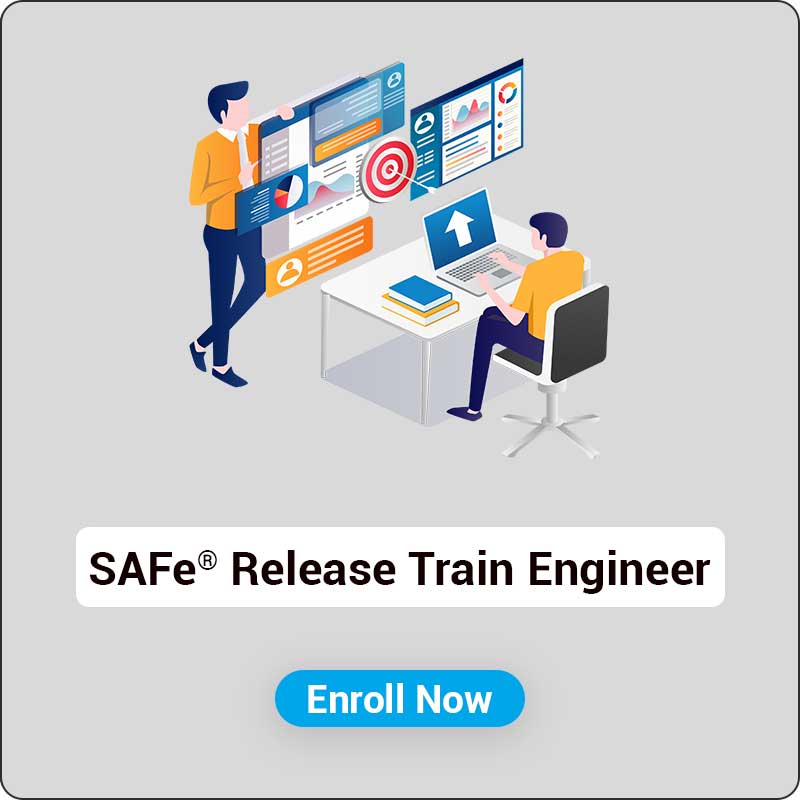Certified Scrum Master® (CSM®) Training Course
Training
on LMS
Run Batches
Instructors
Simulation
Support
Training
on LMS
Run Batches
Instructors
Simulation
Support
CSM®
-
✓
Exam Voucher by Scrum Alliancei
-
✓
Official Training Material
-
✓
Official E-Book
-
✓
Video Recorded Sessioni
-
✓
Instructor-Led Virtual Classroom Training
There is no set of eligibility requirements to attend this course and it can be taken by freshers or professionals who want to:
Advance your career with Knowlathon’s Live Instructor-Led/Classroom Training, designed for professionals who prefer interactive and structured learning.
Gain practical insights, real-time engagement, and expert guidance to confidently clear certification.
Learn at your own pace with Knowlathon’s On-Demand Training Programs - ideal for busy professionals who need flexibility without compromising quality.
Help your teams grow with personalized training programs and affordable pricing that fit your business goals. Build a future-ready workforce by boosting digital skills, technical know-how, and a mindset of continuous improvement.









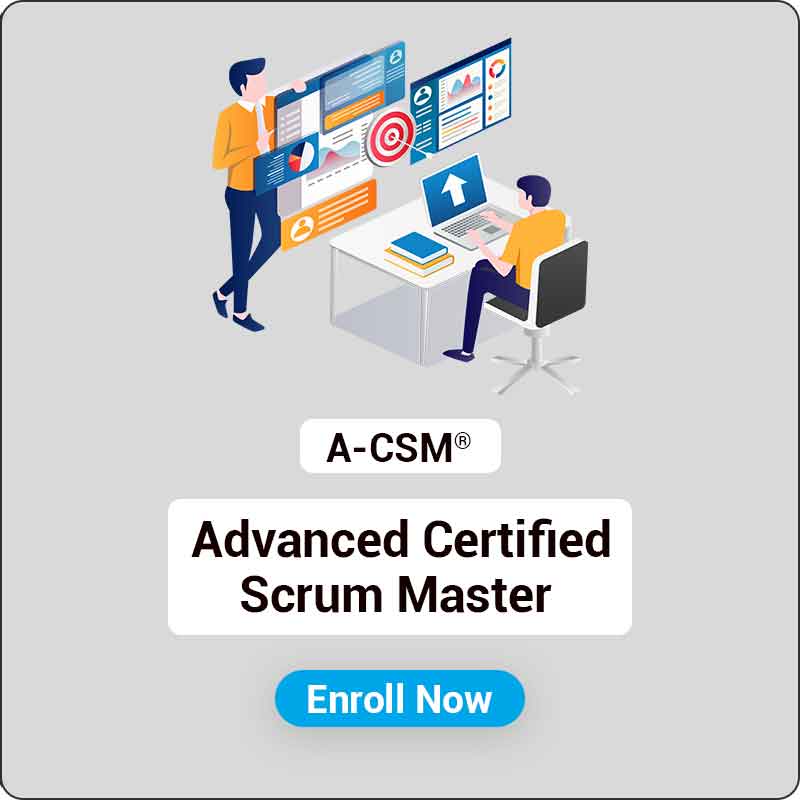
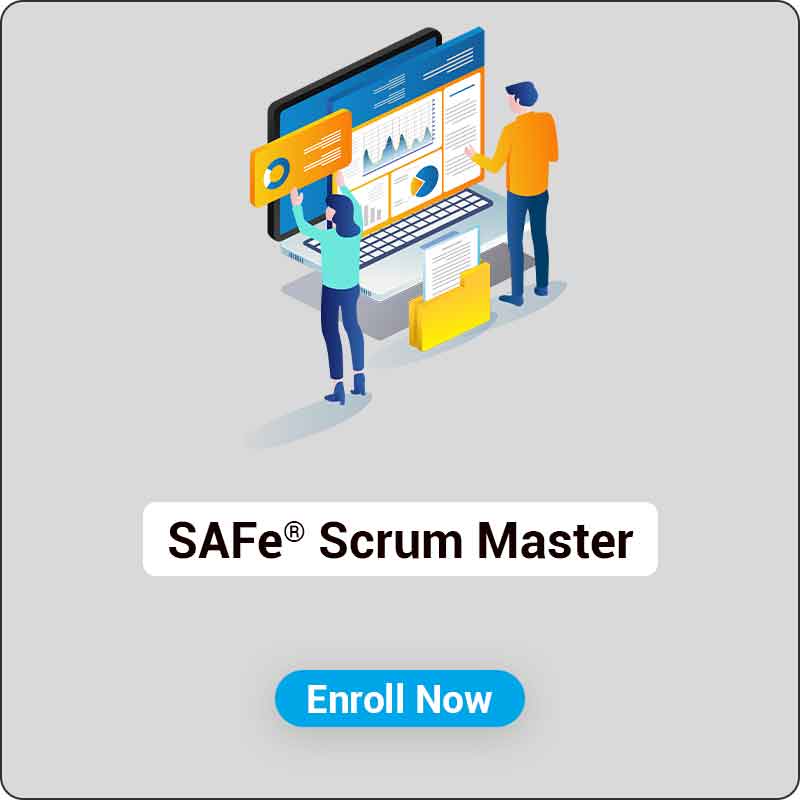

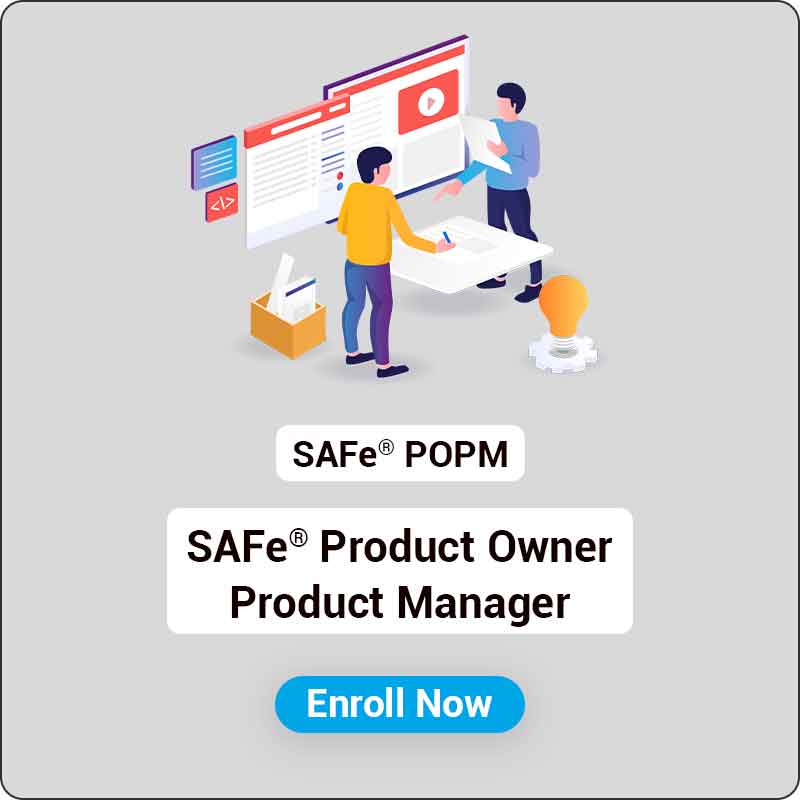
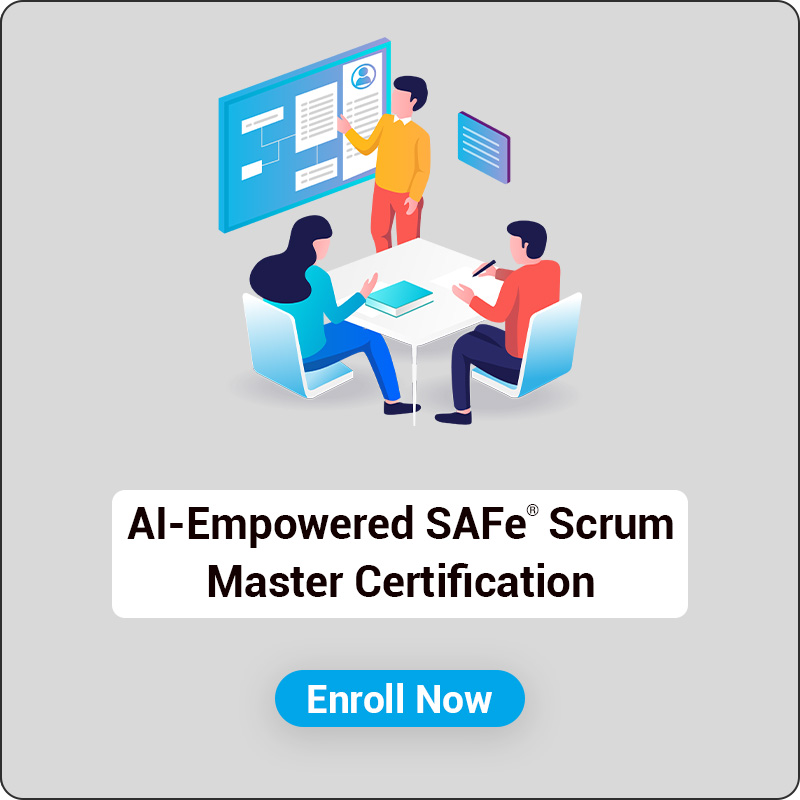
.png)

